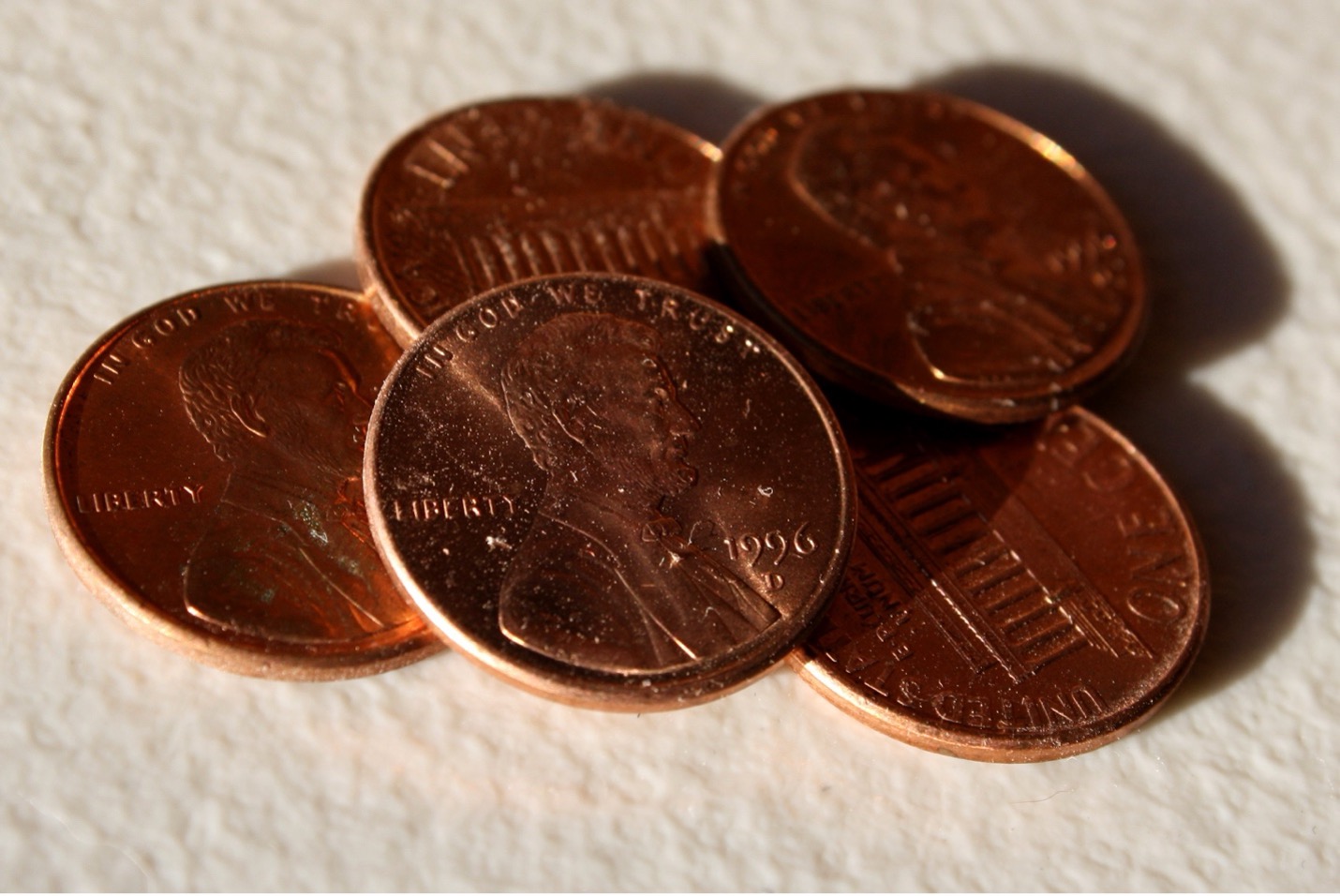Generate the moral energy for a reinvigorated central government, or rely on a bewilderingly diverse and dispersed network of local, decentralized civic institutions?
William A. Schambra began preparing this article on the American idea of community in the aftermath of Hurricane Katrina in 2005. In the midst of the current coronavirus pandemic—to the aftermath of which we’re all looking forward, of course—we’ve convinced him to complete it for publication in two parts now. Part 2 is here.
Writing about the nation’s generous charitable response to the devastation wrought by Hurricane Katrina, Iowa Gov. Tom Vilsack noted, “It’s been a heartening reminder that we are, in fact, a national community, and not simply a collection of disconnected individuals or groups.” The theme of national community cropped up again and again in post-disaster assessments, sometimes as a fanfare, but more often as a dirge. For many observers, the agony of low-income neighborhoods in New Orleans and the faltering federal response proved that America had lost its sense of community during a “mean season” of unbridled selfish individualism. In fact, however, Katrina underlined as never before the vitality and strength of American community. But that is apparent only to those who understand America not as a national community, but rather as a nation of communities, reflecting a rich and vibrant array of faiths, ethnicities, neighborhoods, and voluntary associations.
Vilsack’s notion of national community is familiar to any student of 20th Century American liberalism. Progressive theorists like Herbert Croly and Walter Lippmann argued that the traditional American philosophy of “disconnected individuals” no longer sufficed as a political ideal in the increasingly complex organizational life of the new century. We must instead view ourselves as part of a larger national family or community, organized around and providing the moral authority for a central government large and powerful enough to manage the forces of modern society.
In Croly’s formulation, there would have to be a “subordination of the individual to the demand of a dominant and constructive national purpose.” The cultivation of a sense of national oneness required a concerted effort to reduce inequalities of wealth. As Lippmann put it, there must be an effort “to drag the whole population well above the misery line.” Progressives particularly admired the degree of community-mindedness and accrual of federal power produced by major national crises, such as wars or depressions. As a way to make ordinary the unity of such extraordinary circumstances, progressives like William James suggested that it might be possible to discover equally galvanizing “moral equivalents of war.” Jonah Goldberg, among others, has long lamented assertions of this equivalency.
As late as the 1960s, President Lyndon Johnson found it natural to use the metaphor of a single, unified “Great Society” to justify the massive expansion of federal power. “I see a day ahead with a united nation,” he insisted, “divided neither by class nor by section nor by color, knowing no South or North, no East or West, but just one great America, free of malice and free of hate, and loving thy neighbor as thyself.” Johnson characterized his efforts to reduce community-disrupting inequalities of wealth as a “war on poverty” precisely because the metaphor of crisis would further unite the nation. The war on poverty, he believed, would evoke a “sense of brotherhood and unity” and help “decrease the isolation of men from each other and … increase the deep feeling of community and concern that are the sinews of a large and great democracy’s strength.”
It is hardly surprising, then, that the trope of national community should have been revived after Hurricane Katrina, and it likely will be again in the wake of the current coronavirus pandemic. The storyline was and will be familiar: Katrina was and the coronavirus is the moral equivalent of war, demanding a renewed sense of national community. That would provide the moral energy for a reinvigorated central government, enabling it to tackle the inequalities of wealth Katrina helped make so evident in New Orleans. Obstructing this noble enterprise was an anti-communitarian, dog-eat-dog individualism, the dark side of the American character. The George W. Bush administration and its conservative allies had shamelessly played to that dark side, rejecting community, ignoring the poor, and sapping the federal government of its otherwise customary focus, energy, and efficiency.

So, from Gov. Vilsack’s point of view, the faltering Katrina response reflected “the broader failure of an ideology of contempt for the responsibilities of government, and for the sense of community that is fundamental to genuine self-government.” Lamenting the “loss of our sense of community,” The Washington Post’s William Raspberry argued that the government responded so lethargically “precisely to the extent that they saw victims as ‘others’ rather than as full-fledged members of their community.” The Post’s David Ignatius noted that the “celebration of private life” and the “growing national ethic of private entrepreneurship” had “undermined our public life,” and that Katrina taught us that we “need to value our collective institutions more.” Bowling Alone author Robert Putnam suggested that “one of the lessons we come away from Katrina with is not just that we need government after all, but that, gosh, if we are all in this together, then we should think about what our obligations are to one another.”
Enthusiasm and actual performance
Did Katrina catalyze a new sense of national community and revive our enthusiasm for a larger federal government? No. Will the coronavirus? Probably not. Advocates of national community seem to forget that we have been through this cycle before, and have learned a thing or two in the process. We have discovered that our enthusiasm for national community does not long survive the actual performance of the national government that operates in its name.
Whatever communitarian enthusiasm for federal activism Johnson was able to summon up with his war on poverty, for instance, was quickly dissipated by the manner of its execution. Federal social-engineering projects in housing, highway construction, urban renewal, and community action disrupted and dispersed long-established neighborhoods built around ethnicity, faith, and traditional culture, provoking a powerful backlash. Administrative fiat and judicial edict constricted ever more the ability of local communities to establish their own standards for schooling, public displays of religious symbols, control of crime, and moral order, producing the “Reagan Democrat” phenomenon. Even the New Left came to denounce the Great Society as bureaucratic, distant, and alienating, and to appeal for “participatory democracy” within smaller, decentralized, local communities. And for all the collateral damage the Great Society wrought, it finally even failed to diminish poverty in America.
The conservative ascendancy of the 1980s certainly built on these powerful streams of discontent with federal performance. But it hardly created that discontent. It did not surreptitiously lure the American people away from the sunlit enterprise of national community over to the dark side of self-absorption. The smothering, clumsy, heavy-handed intrusiveness of the federal apparatus was more than enough to persuade the American people that, however appealing is the idea of national community, the federal government is but poor manifestation of it.
Meanwhile, we have also learned that the massive and costly infrastructure of federal government doesn’t retreat as quickly as the moral energy that fueled its expansion. Indeed, it doesn’t retreat at all. The high-water mark of each wave of government expansion simply becomes the baseline for the next expansion. Conservatives legitimately complain today, as they did during the Reagan-Bush years, that even when they are nominally in charge, government continues to spend more and more and spread its reach farther and farther, as if it were on automatic pilot. Even were we suddenly possessed by a new enthusiasm for the idea of national community, it would be difficult to find some aspect of our national life that isn’t already thoroughly colonized by federal power, and simmering with resentment against its clumsiness, tardiness, and inefficiency.
These lessons are not lost on the American people, as we ponder the degree to which we should rely on government in times of disaster. The federal role in the management of national disasters is already enormous and ratchets up with each new one. FEMA, the Federal Emergency Management Agency that so many came to view as the problem after Katrina, was itself once considered the organizational solution, having been established by President Jimmy Carter in 1979 to centralize and rationalize “more than 100 federal agencies … involved in some aspect of disasters, hazards, and emergencies,” in its own official words.
The terrorist attacks of 9/11 predictably triggered yet another wave of bureaucratic centralization, with FEMA now swallowed by the Department of Homeland Security, which had a $40.6 billion budget in 2017. Each wave of centralization is sold to the American people as the only appropriate response on behalf of our national community to national disaster. And yet each bureaucratic adjustment falls miserably short of expressing our national concern.
Nothing in the recent history of federal disaster management has given the American people cause to reconsider the low expectations they hold for the federal government after the disastrously flawed performance of the Great Society. A federal disaster-management establishment already inflated and centralized to the max—perched atop an even more-massive and ever-expanding federal establishment—turns in an anemic response to Katrina. Just how this could actually lead to a resuscitation of faith in big government as the agency of national community, it is difficult to see.
The Washington Post’s E.J. Dionne expressed the old faith when he said Katrina marked a “time when government is morally obligated to be competent, prepared, innovative, flexible, well-financed—in short, smart enough and, yes, big enough to undertake an enormous task.” The problem with the old faith is that it denies almost a century of American experience. History has proven that the federal government may indeed be well-financed and big, but that makes the presence of the other morally obligatory features less, not more, likely.
There is something
If indeed Americans were not stirred to a new devotion to national oneness and government activism by Katrina, and aren’t by the coronavirus, does that indicate we’ve turned our back on community altogether, heartlessly immersing ourselves in selfish individualism? To European observers, for whom there is only the state and the individual with nothing in between, that is certainly the conclusion. British journalist Polly Toynbee concluded that Katrina showed America to be “not a country at all, but atomized, segmented individuals living parallel lives.” European Commission Ambassador John Bruton noted that the hurricane illustrated that “rugged individualism is not always enough in a crisis.”
In fact, however, in America, there is something between state and individual that, as more-perceptive European observers like Alexis de Tocqueville realize, is critical to our political and civic health. Americans, he noted, organize their moral and political lives within an intermediate layer of smaller civic associations—family, neighborhood, houses of worship, and ethnic and voluntary associations. Within this bewilderingly diverse and dispersed network of local, decentralized civic institutions, he noted, Americans “combat the effects of individualism” and satisfy the human yearning for belonging, purpose, and community.
The reaction of these communities to Katrina was immediate and electric: across the nation, civic associations pitched into the business of rescue and recovery, collecting funds, gathering critical supplies, shipping them to the areas of impact, and distributing them, accompanied by the sort of personal caring and concern that no government bureaucracy can ever provide.
Continued in Part 2 of 2 here.



